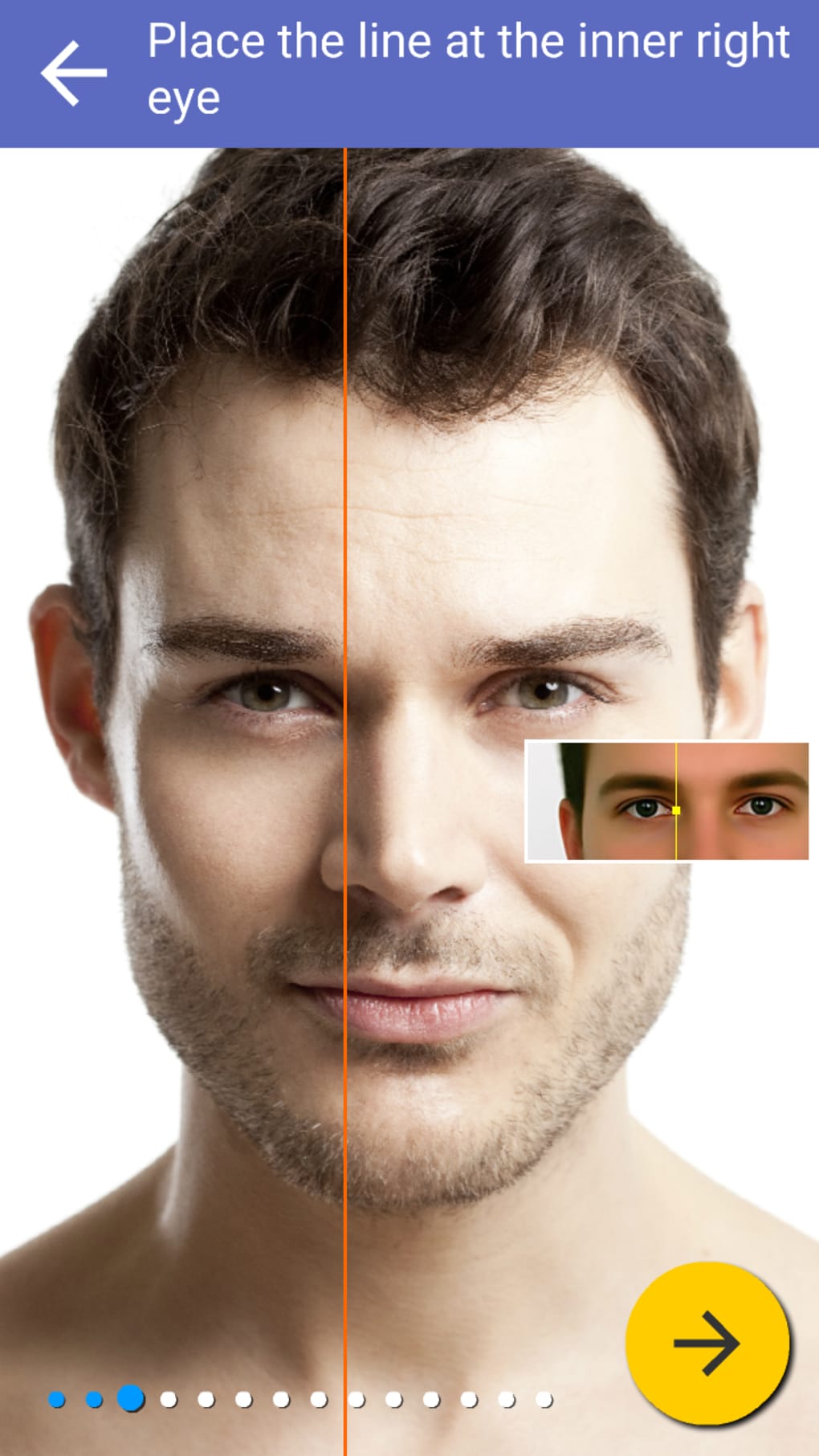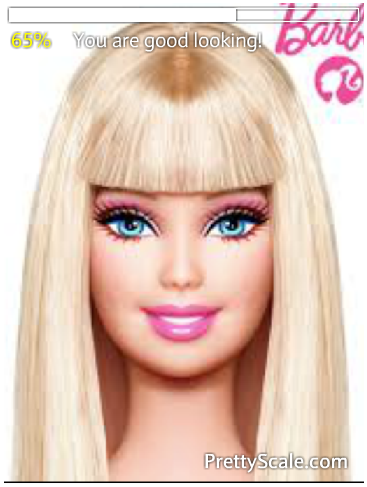Have you ever wondered how societal standards of beauty are measured and perceived? In today's world, the concept of attractiveness has been quantified into scales and algorithms that attempt to define what makes a face pretty. The Pretty Scale, a tool developed using advanced facial recognition technology, aims to analyze facial features such as symmetry, proportion, and other measurable attributes. However, does this scale truly capture the essence of beauty? A bold statement asserts that while these metrics may provide numerical insights, they fail to encompass the depth and complexity of human attractiveness.
The Summer I Turned Pretty, a 2022 YA drama series available on Amazon Prime, delves into themes of self-discovery and transformation during pivotal moments in life. Centered around Isabella “Belly” Conklin, played by Lola Tung, the story follows her journey as she navigates adolescence, love, and identity. Belly's experiences resonate with viewers who have undergone transformative summers, making it an engaging watch for those seeking relatable narratives. As the protagonist matures, she learns that beauty extends beyond physical appearance, challenging conventional notions perpetuated by tools like the Pretty Scale.
| Name | Belly Conklin (Lola Tung) |
|---|---|
| Date of Birth | Fictional Character |
| Place of Birth | Fictional Setting |
| Career | Protagonist in The Summer I Turned Pretty |
| Professional Information | Actress portraying Belly in the Amazon Prime series |
| Reference | Amazon Prime Series Page |
While the Pretty Scale evaluates specific aspects of facial structure, it overlooks critical elements that contribute to overall attractiveness. For instance, interocular distance, chin length, and face width-to-length ratios are quantifiable traits but do not necessarily equate to universal beauty standards. Moreover, personality, character, and emotional intelligence play significant roles in defining someone's appeal. Hamilton the Pig, a whimsical example cited in discussions about the Pretty Scale, scored low on the metric yet remains beloved due to his unique charm and endearing qualities. This highlights the limitations of reducing beauty to numbers and underscores the importance of holistic evaluation.
In digital platforms and applications, tools like the Face Shape - Pretty Scale app utilize cutting-edge technology to assess facial features and provide users with detailed reports. These analyses include symmetry, proportions, and other measurable characteristics. However, critics argue that such evaluations lack consideration for subjective factors influencing perceptions of beauty. Cultural differences, personal preferences, and individual quirks all factor into how people perceive attractiveness, rendering standardized scales insufficient in capturing the full spectrum of human beauty.
Furthermore, within gaming communities, items like the Pretty Scale hold significance as collectibles or rewards. In Iruna Online, players encounter monsters such as Frost Pisky, which drop valuable resources including Fish Fin, Underwater Flower, and Pretty Scale. These items contribute to gameplay mechanics and enhance player engagement. While unrelated to real-world beauty assessments, their inclusion in virtual environments demonstrates the pervasive influence of concepts surrounding attractiveness across various mediums.
Ultimately, the Pretty Scale serves as both a fascinating tool and a reminder of the complexities inherent in defining beauty. By analyzing measurable attributes, it provides insight into certain aspects of facial composition. Yet, its inability to account for intangible qualities renders it incomplete. As demonstrated through Belly's journey in The Summer I Turned Pretty and examples like Hamilton the Pig, true beauty transcends numerical metrics, encompassing a myriad of factors that make each person unique. Embracing diversity and recognizing the multifaceted nature of attractiveness encourages a more inclusive understanding of what it means to be pretty.
Chartseries and similar functionalities in financial software also employ scaling techniques to represent data in user-friendly formats. For instance, addVo() adds volume charts to graphs, displaying information in thousands or millions for clarity. This parallel between visual representation in finance and beauty assessment illustrates how scaling mechanisms aim to simplify complex data for better comprehension. Despite their differences, both fields highlight the necessity of interpreting results within appropriate contexts to derive meaningful conclusions.
In conclusion, while the Pretty Scale offers a quantifiable approach to evaluating facial features, it falls short in encapsulating the entirety of human beauty. Recognizing its limitations fosters appreciation for diverse perspectives on attractiveness. As society continues evolving, embracing inclusivity and celebrating individuality will undoubtedly shape future discussions surrounding beauty standards.



